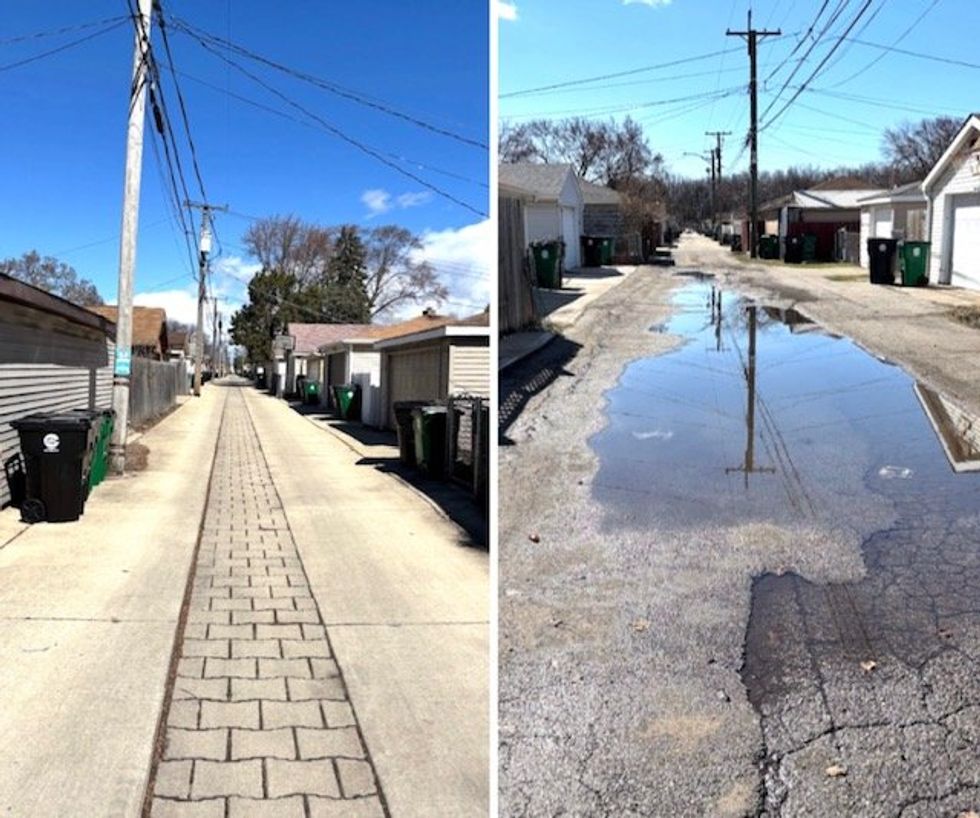Last spring and summer, The Fulcrum published a 30-part series on Project 2025. Now that Donald Trump’s second term has started, Part 2 of the series has commenced.
While the national spotlight often falls on state-level abortion bans or Supreme Court rulings, a quieter but more transformative effort is underway in Washington. In his second term, President Donald Trump is not simply revisiting past culture war battles—he’s enacting a structural overhaul of federal reproductive health policy, rooted in a sweeping plan known as Project 2025.
Drafted by The Heritage Foundation, Project 2025 offers a comprehensive playbook for reshaping the federal government in alignment with hardline conservative priorities. On abortion, its recommendations are stark: revoke FDA approval for abortion medications, criminalize the mailing of reproductive health supplies, defund key providers like Planned Parenthood, and reorient public health policy around a singular “pro-life” vision.
But this isn’t just rhetoric—it’s already being translated into action.
Since January, the Trump administration has moved swiftly to implement some of the plan’s most impactful anti-abortion provisions. One of President Trump’s first acts was to reinstate the Mexico City Policy, blocking federal funds from reaching international organizations that even mention abortion in their family planning services. Shortly after, he signed Executive Order 14182, which reaffirmed the Hyde Amendment’s ban on federal funding for most abortions and repealed Biden-era protections for reproductive healthcare access.
Perhaps most telling is how the Department of Justice has scaled back enforcement of the Freedom of Access to Clinic Entrances (FACE) Act, the federal law that safeguards clinics and patients from threats or blockades. In an even bolder signal, Trump pardoned several activists previously convicted under the FACE Act, indicating a new era of tolerance—or even approval—for anti-abortion extremism.
Meanwhile, federal agencies are taking steps that align closely with Project 2025’s long-term goals. The administration has backed away from defending abortion access in emergency care scenarios. It recently dropped its legal opposition to an Idaho law that bans nearly all abortions, even when necessary to stabilize a pregnant person in crisis—an alarming shift that could undermine emergency protections nationwide.
Other components of Project 2025 are gaining traction behind the scenes. While the FDA has not formally revoked approval of mifepristone and misoprostol, the administration has moved to dismiss a high-profile lawsuit challenging the drugs, possibly as a strategy to pursue regulatory rollback through more favorable channels. Efforts to defund Planned Parenthood by cutting Title X family planning grants are also in progress, with the Department of Health and Human Services (HHS) freezing about $65.8 million in grants for reproductive healthcare—these grants did not fund abortion services, rather they funded birth control, cancer screenings, STI testing, and other low-income health care services.
Project 2025 also envisions the HHS being renamed the “Department of Life,” complete with a new agency to replace existing reproductive health programs. Though such rebranding has not yet occurred, early personnel appointments suggest the ideological groundwork is being laid.
All told, the administration is executing a deliberate, phased implementation of a far-reaching anti-abortion strategy—one that has flown largely under the radar. These aren’t isolated policy changes; they are building blocks in an intentional restructuring of federal health governance.
While a nationwide abortion ban or criminalization of contraception may still seem like political outliers, the infrastructure is being quietly put in place. And that makes this moment more urgent than ever. What’s unfolding in Washington isn’t just a rollback of Roe-era protections—it’s a federalization of a deeply restrictive reproductive policy regime.
If Americans believe that abortion rights have simply been returned to the states, they’re missing the bigger picture. Through Project 2025, the federal government is being weaponized to restrict reproductive autonomy from the top down. And unless this quiet revolution is met with equally organized resistance, the consequences could reverberate for generations.
Kristina Becvar is co-publisher of The Fulcrum and executive director of the Bridge Alliance Education Fund.



















 From top left to right and then clockwise: Lluvia Chavez, Roselyn Gonzalez, Layla Halilbasic, Nathaly Suquinagua, Jared Tucker
From top left to right and then clockwise: Lluvia Chavez, Roselyn Gonzalez, Layla Halilbasic, Nathaly Suquinagua, Jared Tucker


 Julia Klee: Working With Space
Julia Klee: Working With Space